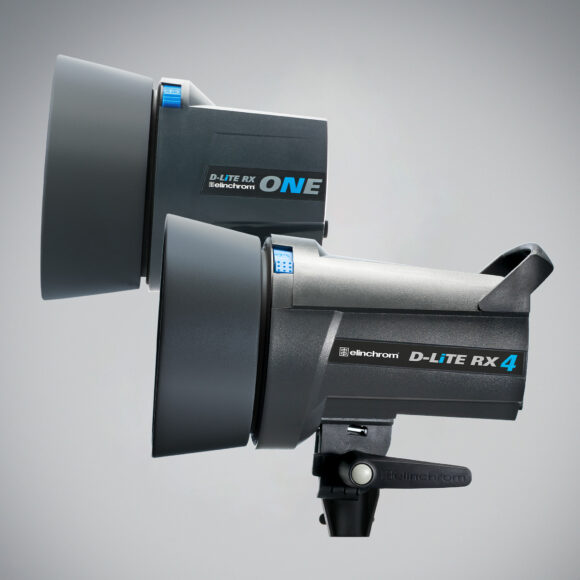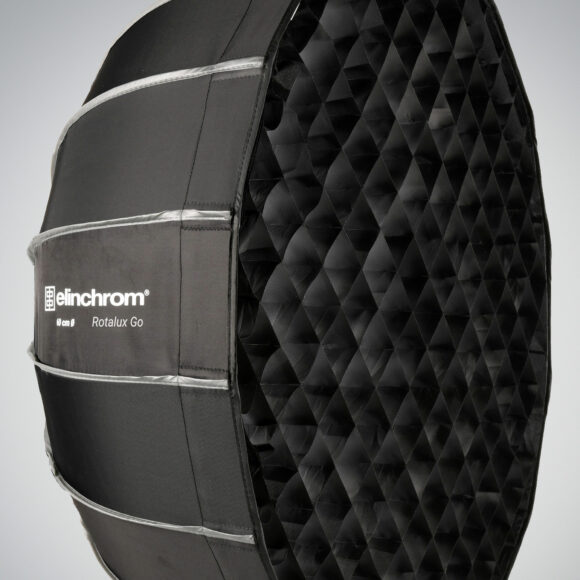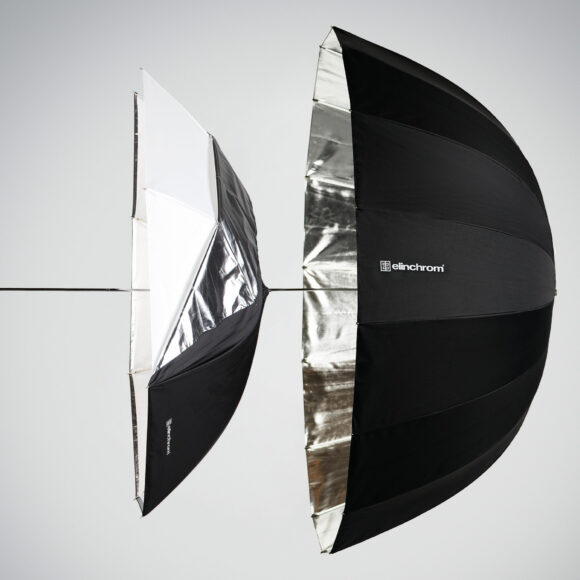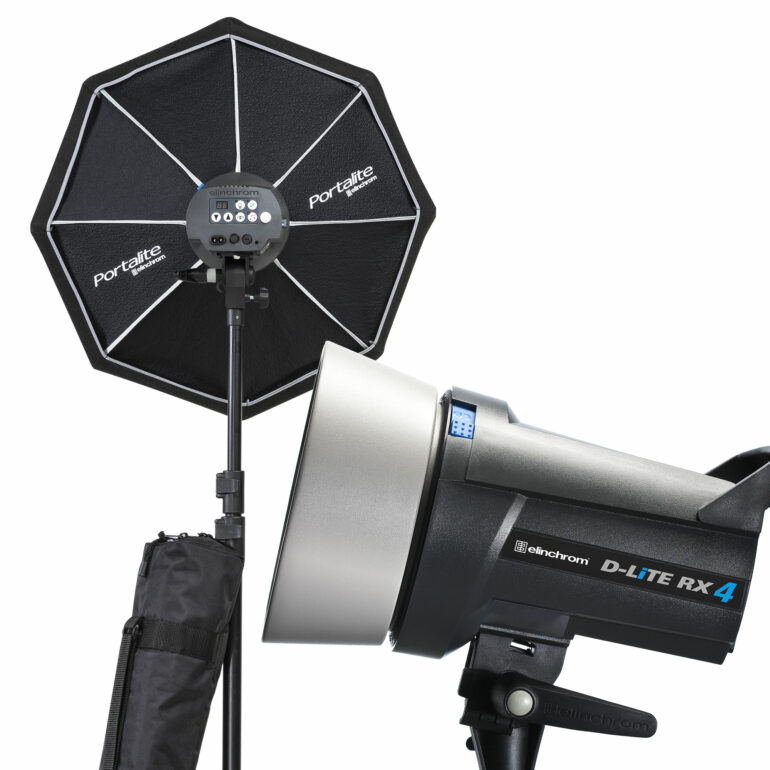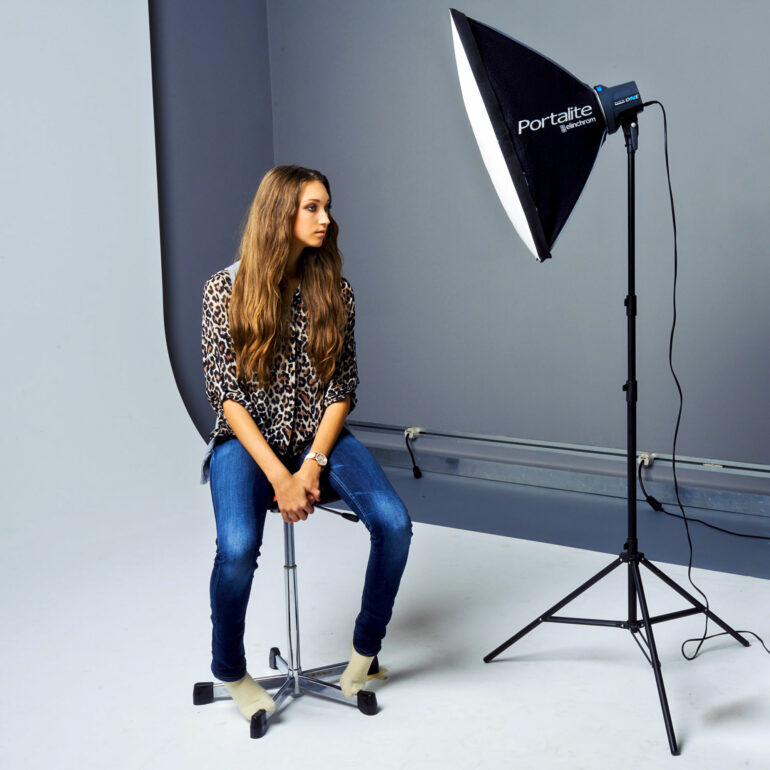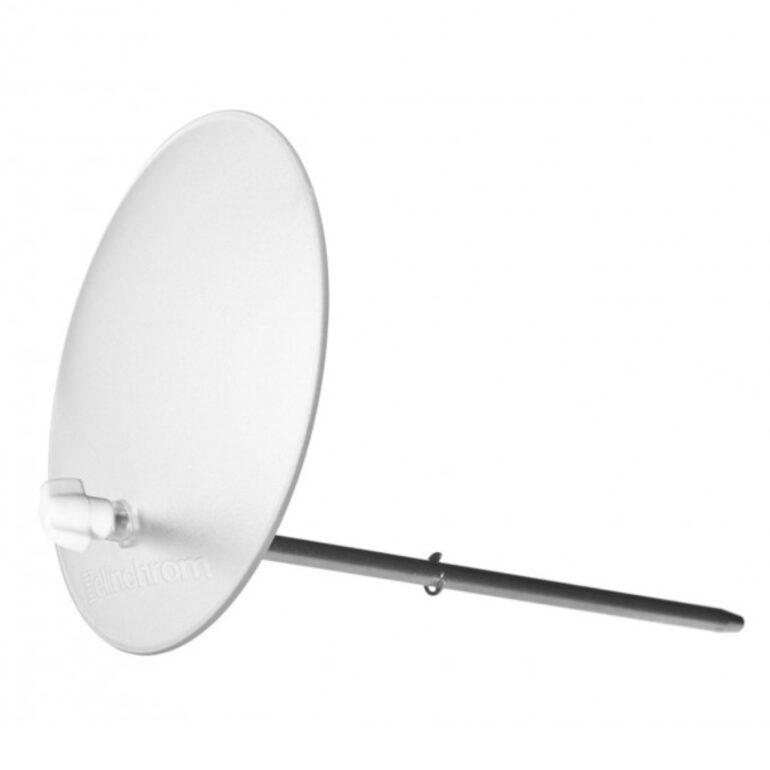Studio flash for starters
Introduction to studio flash photography.
Mark shares his thoughts on the several lights a photographer should use indoors for studio photography. In this first episode, Mark uses three Elinchrom Monolights from the D-Lite RX range and explains the difference between light shapers such as the Portalite softboxes and the Umbrellas.
Which flash unit should an enthusiast use?
The D-Lite RX range is perfect for the introduction to studio flash photography. The D-Lite One is the lowest in power, then you have the D-Lite 2 and the D-Lite 4, each one increasing themselves by one F-stop.
But the question you should be asking yourself before you buy anything is; how much “flash” are you going to need for a photoshoot? Make sure you buy two heads because that’s when all the magic happens!
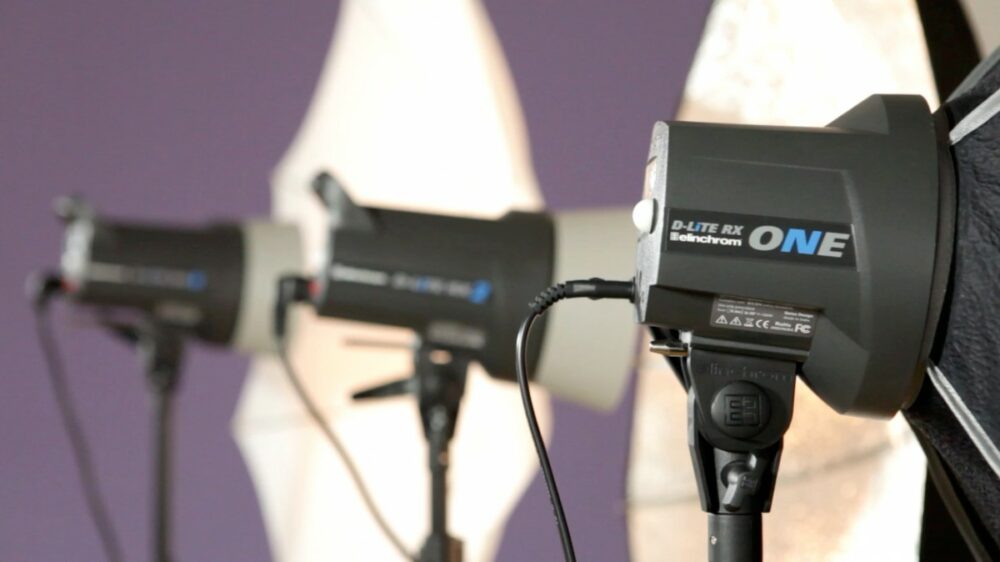
One light, one job!
It is important to remember that one light should just do one job.
The key light’s job is to light the subject (that’s the main light), whereas a secondary light is often used to separate your subject from the background; it could be a hair light or a background light.
Make sure that each of those lights is just doing its job and is not crossing each other because that can cause contamination of light and can take away the power, and the real simplicity of the portrait.
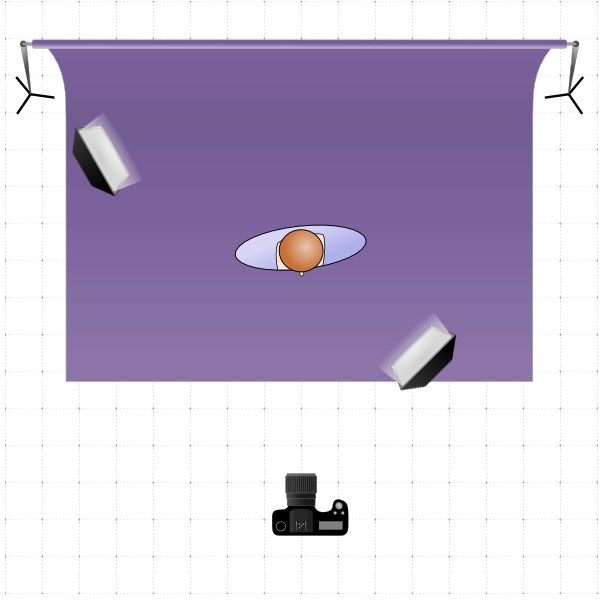
Softboxes or Umbrellas?
Another choice to make when buying into a studio flash is: are you going to use Softboxes or Umbrellas? A softbox is a more controllable light source; I would opt for that.
However, if I were doing more group photography, I would probably opt for a more umbrella style of lighting than I would with a softbox. The umbrella allows the light to spread and navigate out, whereas the softbox controls the light into smaller light sources and does not allow it to spread much.
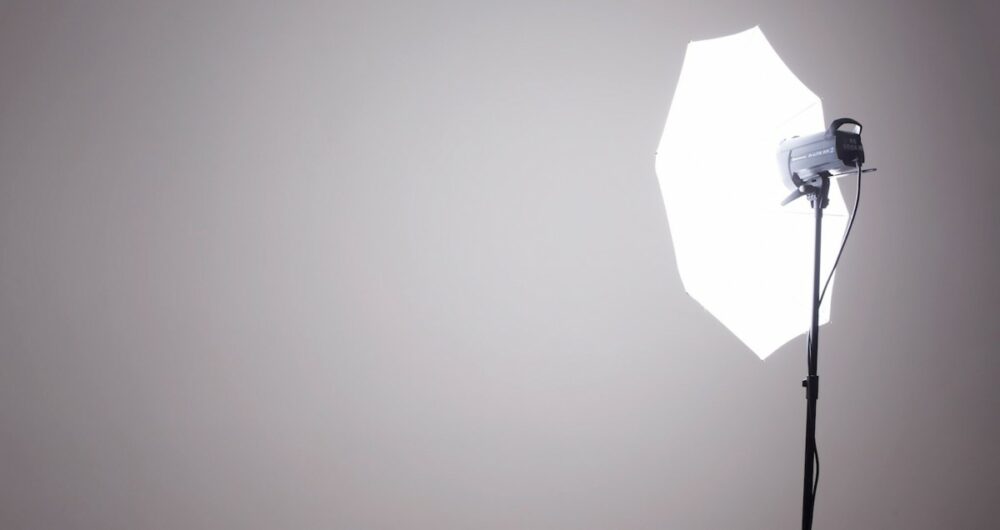
Once you’ve mastered lighting techniques with Softboxes and Umbrellas, you will want to add a little spice to your photographs by using additional lighting tools. Accessories such as Snoots, Honeycombs, or Barndoors can significantly improve your lighting and create additional visual effects to your photography.
